What is the Hardiest Summer Flower? Discover Resilient Blooms for Your Garden
If you love colorful gardens without too much fuss, you’re probably looking for flowers that are tough, beautiful, and can handle full sun.
Hardy perennials that bloom all summer can be a gardener’s best friend. The coneflower is one of the hardiest summer flowers.
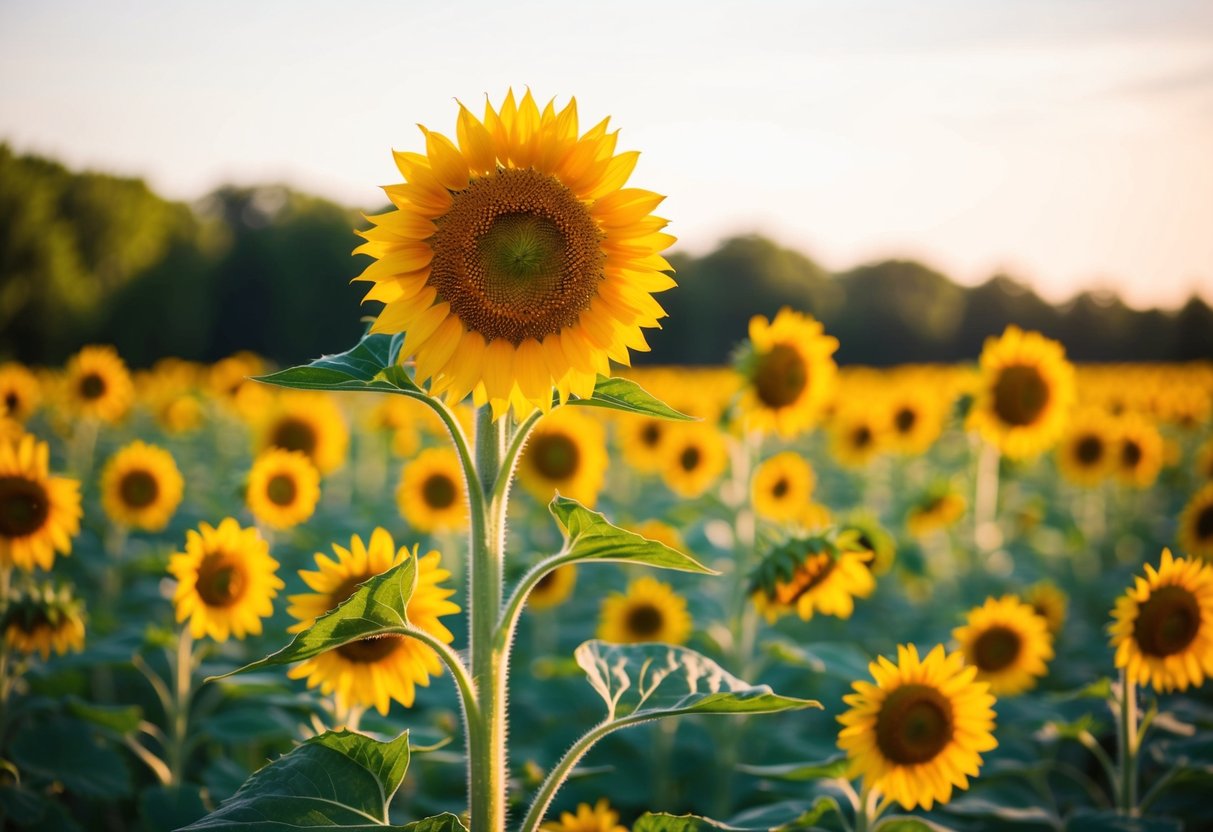
Coneflowers not only bring stunning purple blooms to your garden, but they are also drought-tolerant. This makes them perfect for a low-maintenance garden, as they don’t need constant watering.
You can count on these flowers to add vibrant color from late spring until the first frost hits. Learn more about coneflowers at Leafy Place.
When planning your garden, think about adding other tough, summer-blooming plants like cosmos. They offer delicate blooms and work well under similar conditions. By choosing flowers that enjoy full sun and require little upkeep, you can enjoy a beautiful garden throughout the summer with minimal effort.
Defining Hardy Perennials
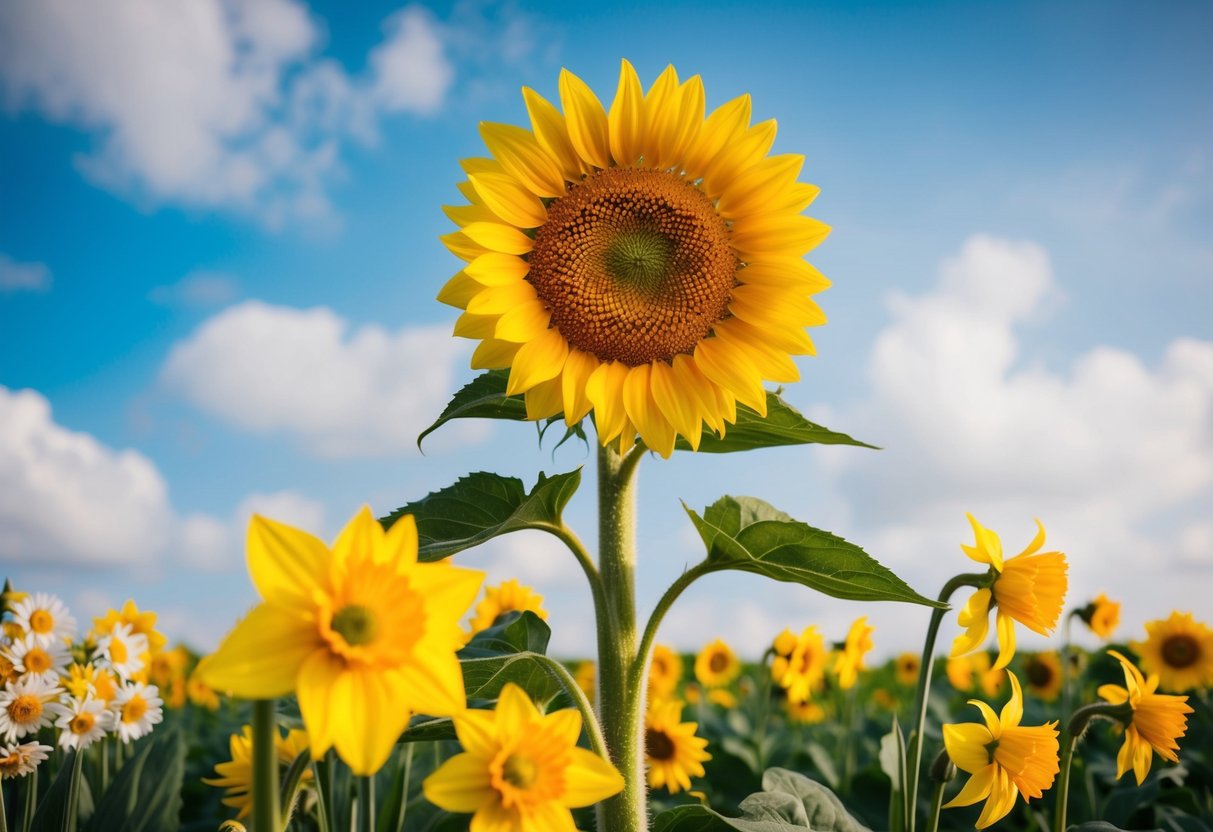
Hardy perennials are plants that return year after year, surviving harsh conditions. These plants are essential for a vibrant summer garden due to their resilience and colorful blooms.
Characteristics of Hardy Perennials
Hardy perennials can withstand cold temperatures and different climate challenges.
For example, the Coneflower or Echinacea is a perennial that blooms beautifully in summer. These flowers thrive in various zones and resist drought conditions.
Another example is Daylilies, known for their strong root systems and tolerance to different environments. They are capable of growing in full sun or partial shade, making them versatile garden plants. Their deep roots help them access water even in dry spells.
The ability of hardy perennials to survive and thrive in challenging conditions makes them reliable choices, requiring little maintenance. They don’t need replanting every year, ensuring you enjoy beautiful blooms without constant worry.
Benefits in the Summer Garden
Having hardy perennials in your garden offers many advantages. First, they provide continuity.
Unlike annuals, which you must replace every year, hardy perennials return, ensuring a stunning display each summer. Their blooms like those from Echinacea are not only colorful but also long-lasting. These flowers attract beneficial pollinators like bees and butterflies.
Additionally, they can reduce garden work by being low-maintenance. You won’t have to water as often or replant. This makes your gardening experience more relaxed and enjoyable.
Plants like daylilies adapt well to different soil conditions and environments. They are perfect for filling spaces where other plants might struggle. Their ability to thrive on little care makes them excellent choices for novice gardeners or those looking to enjoy blooms with minimal effort.
The Champions of Summer: Top Hardy Flowers
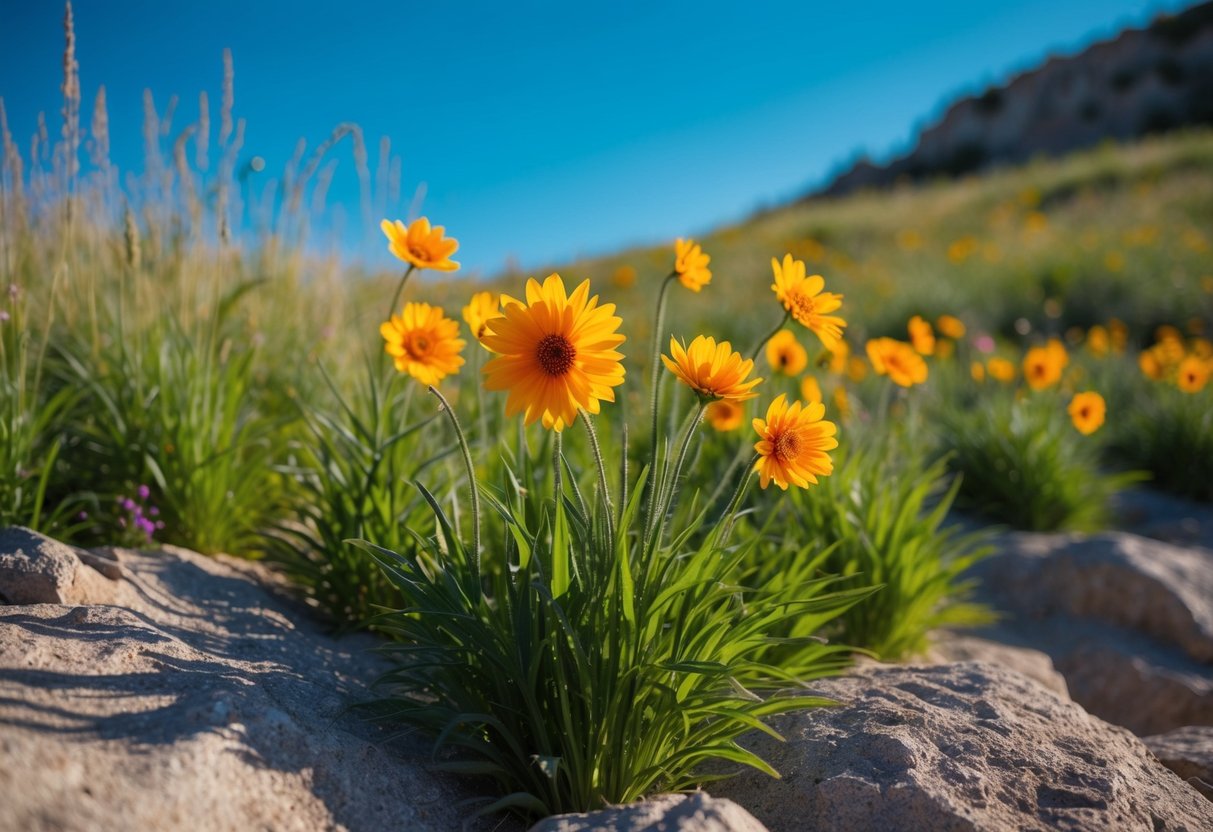
Summer gardens come alive with delightful blooms that endure heat and sun. Coneflowers, daylilies, yarrow, and coreopsis are some of the toughest flowers, flourishing in summer conditions and brightening your garden.
Coneflowers and Echinacea Varieties
Coneflowers are a stunning addition with their daisy-like appearance and vibrant colors. These hardy plants thrive in well-draining soil and full sun, reaching heights of 1 to 4 feet. The Echinacea varieties are especially popular for their resilience and beauty.
Known for attracting pollinators like bees and butterflies, coneflowers offer a splash of color in shades ranging from purple and pink to white. You can learn more about coneflowers by checking out the hardy coneflowers page.
Daylily Delights
Daylilies are known for their ease of growth and striking colors. They enjoy full sun to partial shade and can handle various soil types. These perennial favorites bloom from early summer till fall, offering continuous beauty.
With a wide range of colors from yellow to burgundy, daylilies provide visual interest and are perfect for borders and landscaping. Their tough nature makes them an ideal choice for gardens requiring little maintenance.
Yarrow and Its Vibrant Variants
Yarrow stands out with its fern-like leaves and flat-topped clusters of flowers. It prefers well-drained soil and full sun, making it a top choice for sunny gardens. Yarrow blooms in shades of yellow, white, pink, and red, adding both color and texture.
Ideal for attracting beneficial insects, it’s also resistant to drought and deer, making it a practical choice for many gardeners.
Coreopsis and Sun-loving Companions
Coreopsis, with its bright yellow and orange blooms, loves full sun and dry conditions. These cheerful flowers are not only easy to grow but also bring a burst of sunshine to any garden.
Valued for their long blooming period, coreopsis partners well with other sun-loving plants like bee balm and black-eyed Susan. This combination provides a lively and inviting atmosphere to your garden space.
Cultivating a Hardy Flower Garden
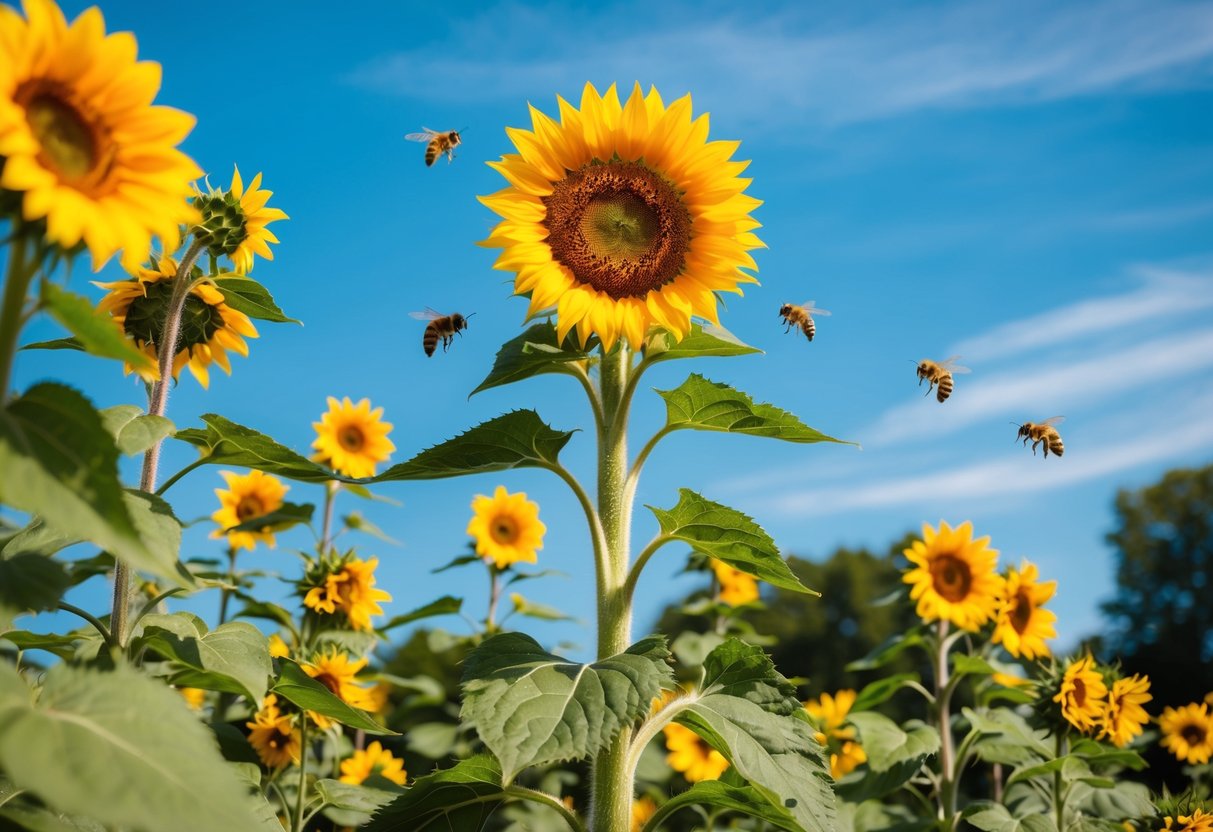
Creating a resilient garden involves understanding soil needs, getting sunlight settings right, and managing water. Starting with the basics ensures your plants thrive despite changing conditions.
Soil Preparation and Requirements
To cultivate a robust flower garden, begin by focusing on the soil. Opt for well-drained soil as this type is crucial for preventing root rot and promoting healthy growth. Loamy soil is often the best choice due to its balanced mix of sand, silt, and clay.
Start with a soil test to identify pH levels and nutrient needs. Using organic compost can improve soil structure and provide necessary nutrients.
If your soil tends to be clay-heavy or sandy, amend it with organic matter to improve drainage and retain moisture.
Optimal Sunlight and Shade Arrangements
For a successful garden, plant selection based on sunlight needs is vital. Many hardy summer flowers love full sun, thriving with six to eight hours of direct sunlight daily.
Examples include coneflowers and black-eyed Susans. If your garden has areas of partial shade, consider shade-tolerant plants like hostas or astilbes.
Observing your garden landscape for several days helps you understand where the most sunlight falls. Arrange plants accordingly, ensuring sun-lovers get plenty of light and shade-tolerant plants are comfortably shaded by trees or other structures.
Watering and Drought-Resistance Tips
Regular watering is key for a healthy garden, but choosing drought-tolerant plants can ease maintenance.
Plants like lavender and yarrow handle less frequent watering well. Water your plants deeply but not too often. This encourages deeper root growth.
Mulching can also help retain moisture, keeping the soil cool and reducing water evaporation. Drip irrigation or soaker hoses are great tools as they deliver water directly to the roots.
During hot spells, consider additional watering, but always check soil moisture levels before adding more water to prevent overwatering.
Attracting Pollinators with Hardy Flowers

To create a garden that buzzes with life, selecting flowers that draw pollinators is key. Choosing hardy flowers means they can withstand summer heat and return year after year, making them a smart choice for any garden.
Best Varieties for Bees and Butterflies
Certain flowers naturally attract bees and butterflies. Lavender is a standout choice. This perennial is not only pretty, but it’s also a magnet for bees. Its soothing fragrance adds an extra perk to any garden.
Salvia is another excellent option. Known for its bright spikes of color, it can bloom all summer. Butterflies love these vibrant flowers due to their enticing nectar.
Gaillardia, or blanket flower, is vibrant and tough, perfect for drawing both bees and butterflies. Its fiery blooms last long into summer, providing consistent food for pollinators.
Creating a Pollinator-Friendly Environment
To attract pollinators, flower beds should be designed with variety and accessibility in mind. Plant a mix of blooming flowers that cater to different pollinators. This ensures a continuous food supply throughout the season.
Consider the height and spacing of each plant. Placing taller varieties like salvia at the back, and shorter ones like gaillardia at the front, creates layers that are easy for pollinators to navigate.
Keep your garden pesticide-free, as these chemicals can harm beneficial insects. Instead, opt for natural pest control methods.
Including a shallow water source, like a small birdbath, can also benefit pollinators during the hot summer months.
Beyond Blooms: Aesthetic and Functional Design
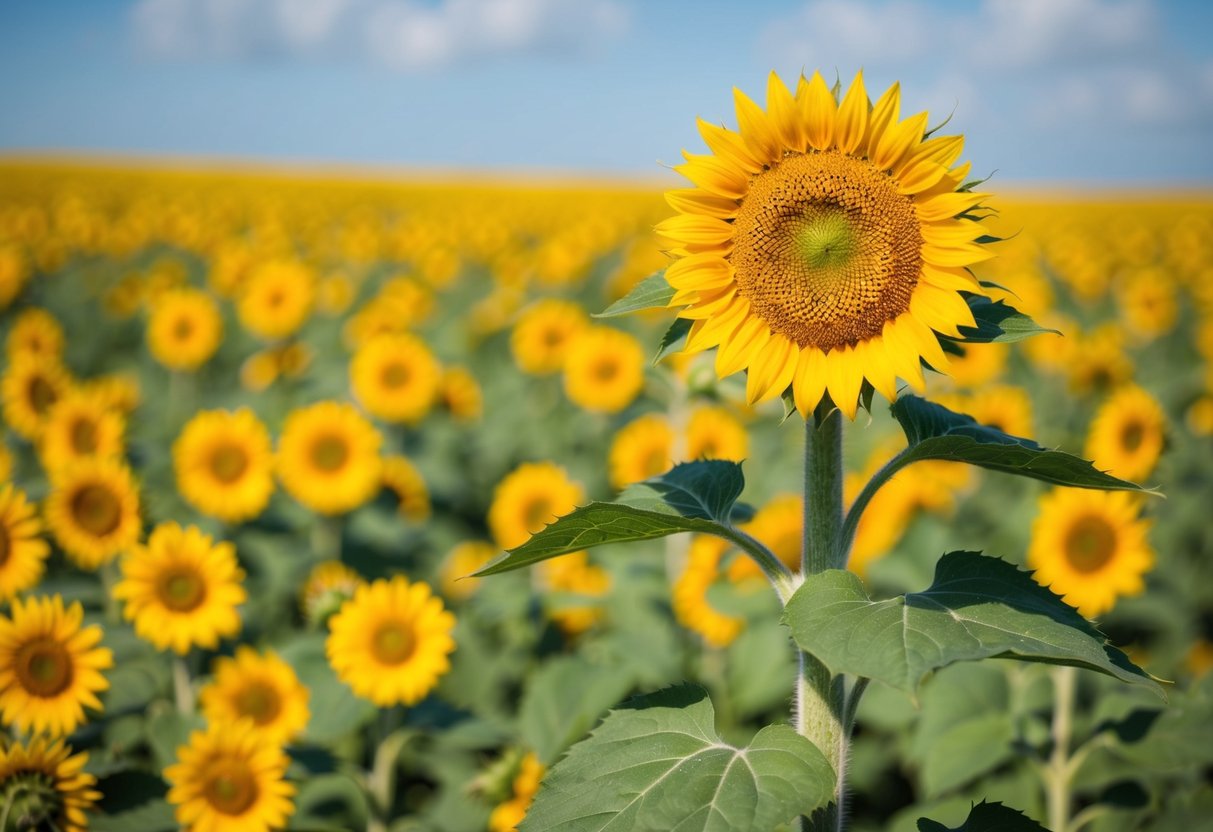
In garden design, flowers do more than just bloom. They create charming borders, cover ground effectively, and become vibrant features in your outdoor spaces. These elements bring both beauty and functionality to any garden.
Building Beautiful Mixed Borders
Mixed borders are a delightful way to showcase perennial flowers, adding layers of texture and color to your garden. You might find coneflowers or garden phlox standing tall, offering bold hues in summer.
Consider pairing them with smaller plants like the blanket flower, which provides vibrant accents and lowers-growing interest.
A mix of heights and colors can create a striking visual effect. In cottage gardens, this approach is common, blending whimsy with natural beauty.
Choose a variety of plants that thrive in your climate, ensuring continuous blooms. This method not only beautifies your garden but also supports pollinators like butterflies and bees.
Functional Ground Covers and Edges
Ground cover plants such as creeping thyme or sedum are perfect for filling spaces and creating neat garden edges. They excel at reducing weeds and retaining moisture.
These plants are valuable in creating tidy pathways and borders in your garden.
Functional ground covers are excellent for areas where other plants might struggle. They can thrive in full sun or partial shade.
With options like shade-loving ferns, you can effortlessly create lush, green spaces. These plants play a practical role, as they protect the soil and reduce erosion, all while adding visual interest.
Integrating Perennials into Outdoor Spaces
Perennials like garden phlox or lilies are versatile, easily enhancing different garden styles, including a cutting garden or a shade garden. These hardy flowers return each year, providing consistent beauty without replanting.
When arranging your outdoor space, think about incorporating perennials in both sunny and shaded areas. In a shade garden, hostas or astilbes can thrive among taller trees. They can also be mixed with sun-loving plants to create contrast and depth.
Consider adding seasonal contrast by varying bloom times. This ensures your garden is always lively and colorful. This approach keeps your outdoor space vibrant throughout the year.







